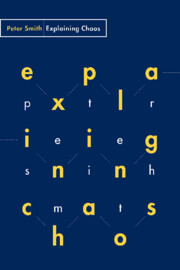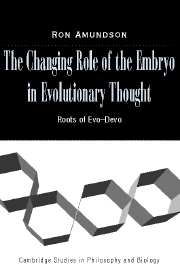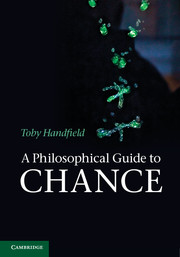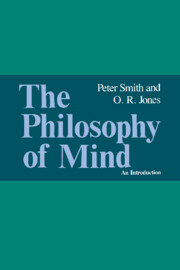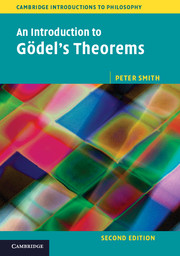Explaining Chaos
Chaotic dynamics has been hailed as the third great scientific revolution in physics this century, comparable to relativity and quantum mechanics. In this book, Peter Smith takes a cool, critical look at such claims. He cuts through the hype and rhetoric by explaining some of the basic mathematical ideas in a clear and accessible way, and by carefully discussing the methodological issues which arise. In particular, he explores the new kinds of explanation of empirical phenomena which modern dynamics can deliver. Explaining Chaos will be compulsory reading for philosophers of science and for anyone who has wondered about the conceptual foundations of chaos theory.
- Chaos theory is a hot topic
- Gives mathematical details but is still very accessible
- Laid out in sections of varying difficulty so that different readers can choose different paths through the book
- Interdisciplinary: with appeal to mathematicians, physicists and philosophers alike
Reviews & endorsements
' … attractively written and should be accessible to many without advanced mathematical ability, it is a book for readers who are interested in what we mean by scientific understanding and in what confidence we can place in the statements of science.' Contemporary Physics
Product details
April 2011Adobe eBook Reader
9780511886331
0 pages
0kg
This ISBN is for an eBook version which is distributed on our behalf by a third party.
Table of Contents
- 1. Chaos introduced
- 2. Fractal intricacy
- 3. Intricacy and simplicity
- 4. Predictions
- 5. Approximate truth
- 6. Universality
- 7. Explanation
- 8. Worldly chaos
- 9. Randomness
- 10. Defining chaos.

